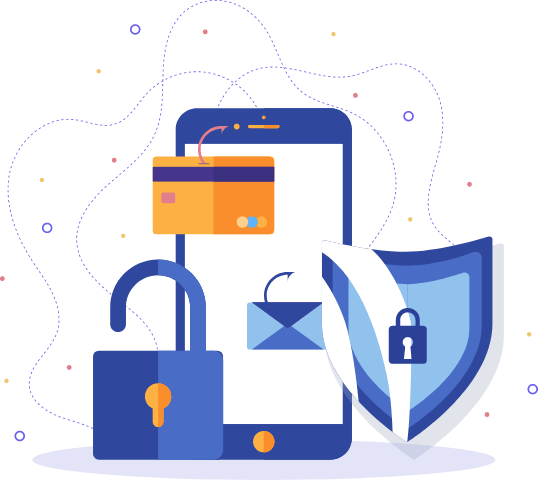
A VPN serves as a digital shield, safeguarding your data through powerful encryption techniques. When you connect to a VPN server, it creates a secure tunnel between your device and the internet. Within this tunnel, all of your online activities are encapsulated in layers of encryption, rendering them indecipherable to prying eyes. This encryption process scrambles your data into a complex code, making it virtually impossible for hackers, ISPs, or governments to intercept and decipher your sensitive information. By encrypting your data, a VPN ensures that your online communications, personal details, and browsing habits remain private and secure, allowing you to navigate the digital landscape with confidence and peace of mind.

Embrace the liberating power of anonymity with a no-log VPN service. In a world where privacy is a luxury rapidly slipping away, this technological guardian stands as a bastion of security. By abstaining from logging your online activities, it ensures that your digital footprint remains untraceable, shielding you from the prying eyes of corporations, governments, and hackers alike. Enjoy the internet without fear of surveillance or data harvesting, reclaiming your right to browse freely and securely. With a no-log VPN, your online presence becomes a fortress, impervious to intrusion, granting you the peace of mind you deserve in an increasingly monitored world.



By masking your IP address and routing your internet traffic through remote servers, a VPN shields your online identity and location from prying eyes. This prevents advertisers, ISPs, and government agencies from tracking your online behavior and collecting data about you without your consent, thus preserving your privacy rights. A VPN encrypts your internet connection, protecting your data from hackers, cybercriminals, and other malicious entities. This encryption ensures that your online activities, such as browsing history, passwords, and personal information, remain private and secure, even on unsecured networks like public Wi-Fi hotspots.